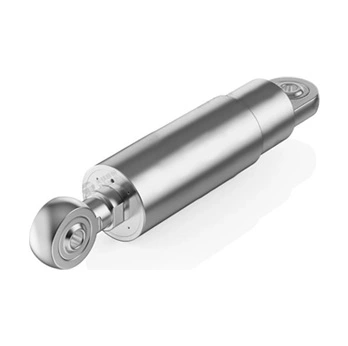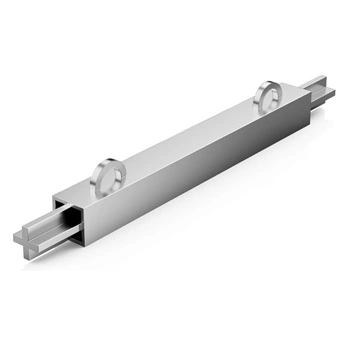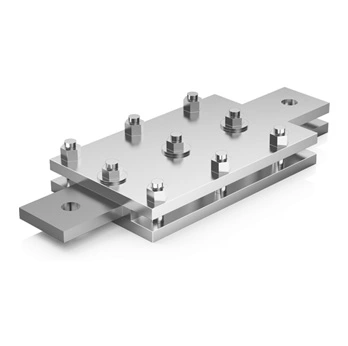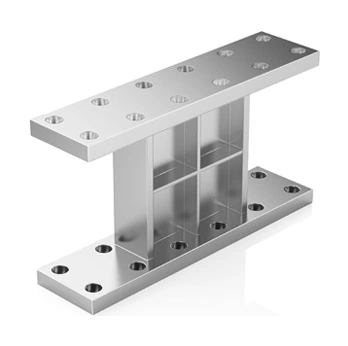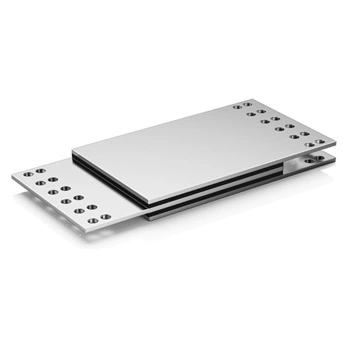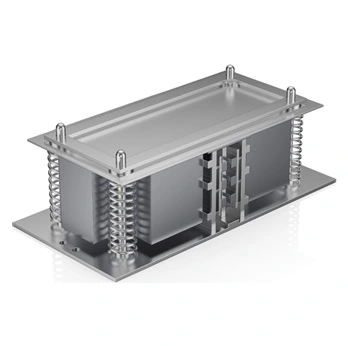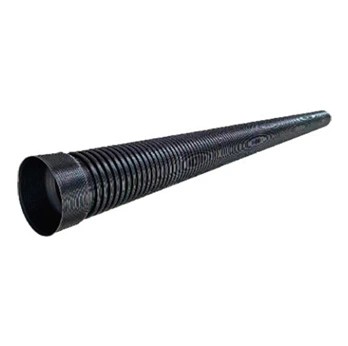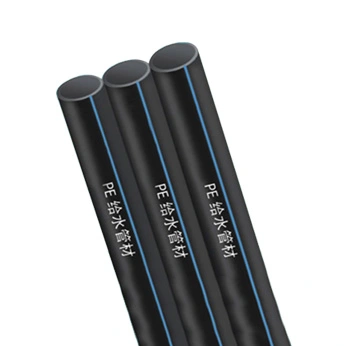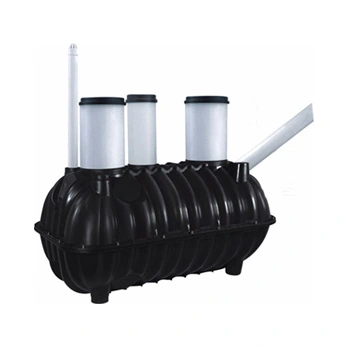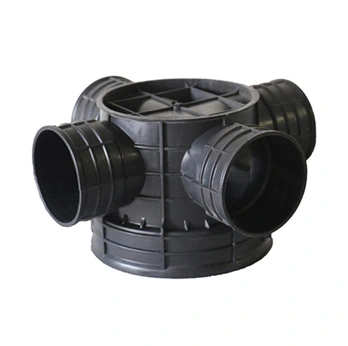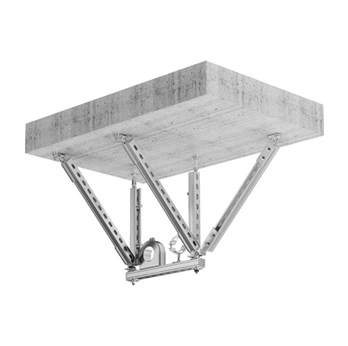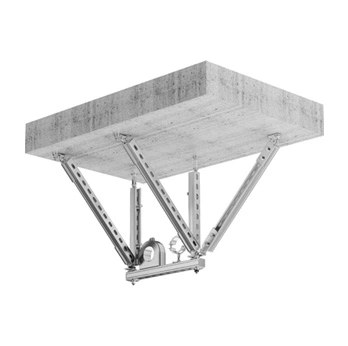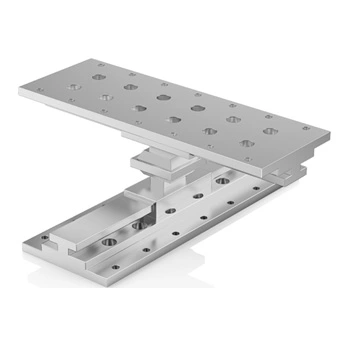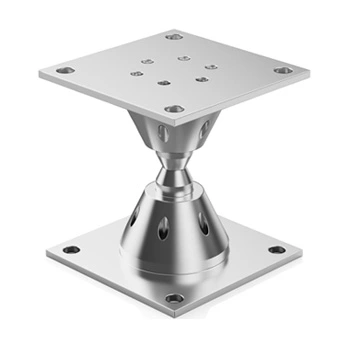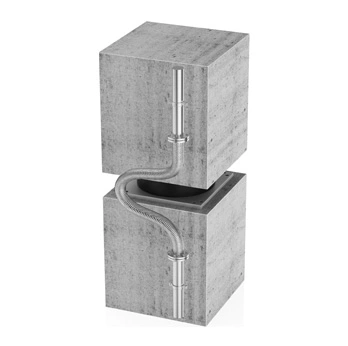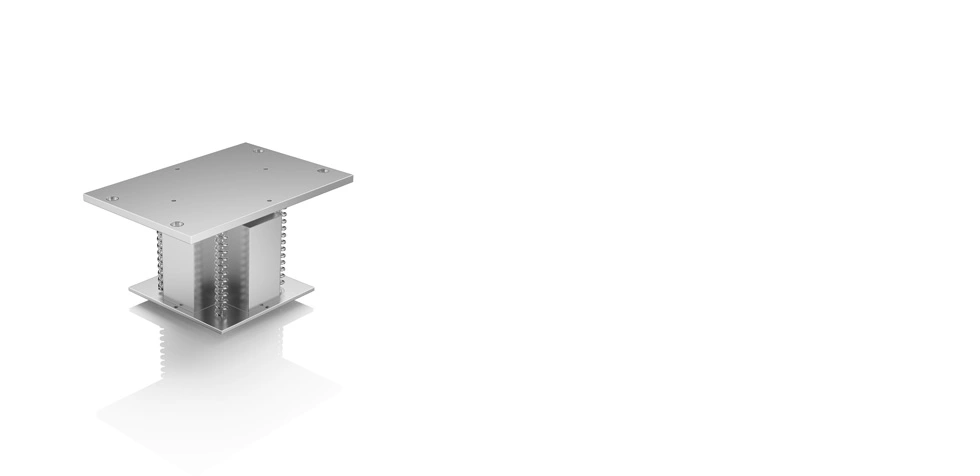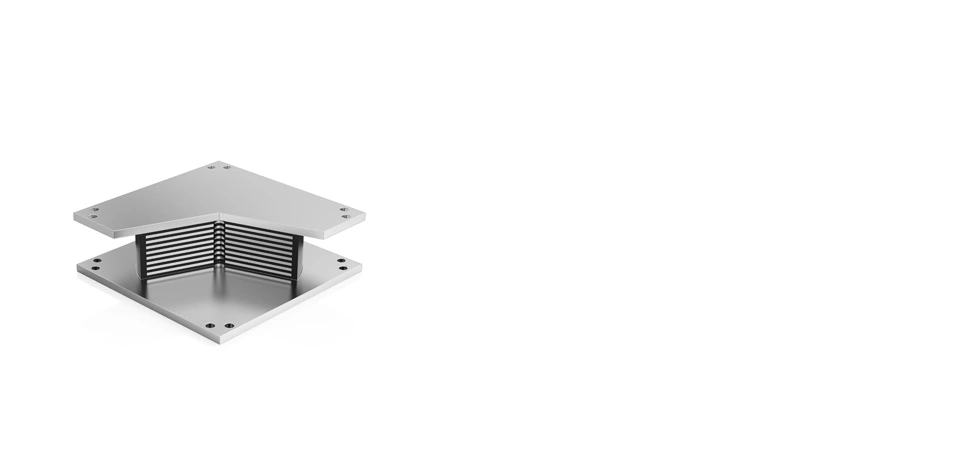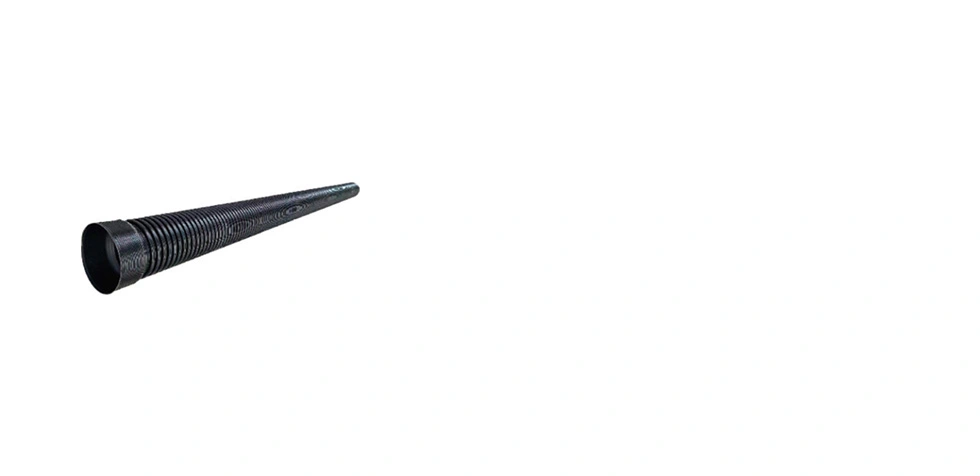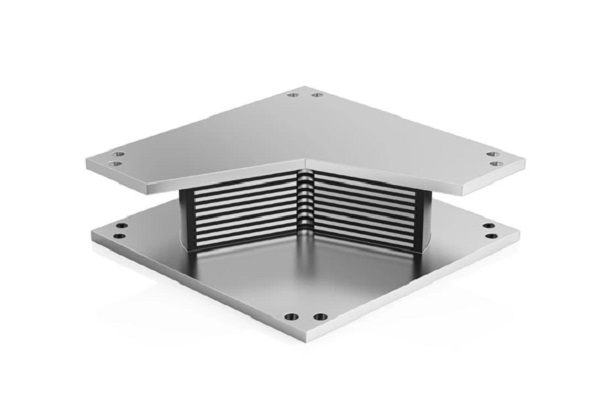In a world where earthquakes pose a constant threat to infrastructure, the implementation of anti-seismic devices has become an imperative. These devices play a pivotal role in safeguarding buildings and structures, ensuring the safety of occupants. One leading brand at the forefront of anti-seismic technology is Tiantie. In this blog, as experts on base isolation system, we will delve into the various types of anti-seismic devices and explore their working principles to understand how they protect against seismic forces.
Base Isolators
Base isolators are among the most commonly used anti-seismic devices. These devices are designed to separate the superstructure from the foundation, effectively reducing the transfer of seismic energy to the building. They work on the principle of elasticity and damping. By implementing friction, rubber, or even lead cores, base isolators enable buildings to move horizontally during an earthquake, dissipating the seismic energy and minimizing the impact on the structure. Tiantie offers a wide range of base isolator options, tailored to different building requirements and seismological conditions.
Seismic Dampers
Seismic dampers, as the name suggests, are devices that dampen or reduce the vibrations induced by seismic events. These devices increase the energy dissipation capacity of a structure, making it more resilient. Commonly used dampers include viscous dampers and metallic dampers. Viscous dampers work by passing the seismic energy through a medium that converts it into heat, while metallic dampers use metallic components to absorb and dissipate the energy. Tiantie's range of seismic dampers showcases advanced technology and precision engineering to enhance the seismic resilience of a wide range of buildings.
Tuned Mass Dampers
Tuned mass dampers are dynamic devices that counteract vibrations in structures caused by earthquakes. These devices consist of a mass-spring system attached to a building's structure, designed to vibrate out of phase with the induced seismic forces. By effectively reducing the vibrations, tuned mass dampers prevent excessive movement and damage. Tiantie's innovative approach to tuned mass dampers provides effective protection, ensuring a higher level of safety and stability for diverse architectural designs.
Active Control Systems
Active control systems represent the cutting-edge technology in anti-seismic devices. These systems utilize real-time information from seismographs, accelerometers, or other sensors to actively counteract the seismic forces exerted on a structure. By employing sophisticated algorithms, active control systems can generate appropriate counteractions to neutralize the impact of earthquakes. Tiantie's active control systems offer state-of-the-art solutions, continuously monitoring the environment and responding swiftly to protect structures and their occupants during seismic events.
As earthquakes persist as a global threat, the importance of anti-seismic devices cannot be overstated. Tiantie has emerged as a prominent brand, offering a comprehensive range of anti-seismic devices that ensure stability and safety in the face of seismic forces. From base isolators and seismic dampers to tuned mass dampers and active control systems, Tiantie's commitment to innovative technology and engineering contribute significantly to the protection of buildings and the lives of their occupants. By implementing these devices, we can mitigate the devastating effects of earthquakes, fortifying the resilience of our infrastructure for generations to come.
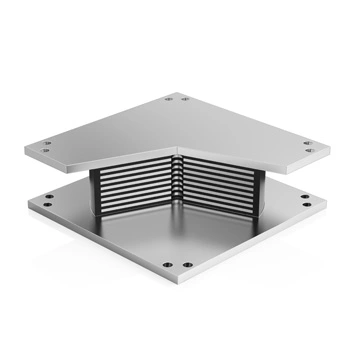 Natural Rubber Bearing
Natural Rubber Bearing
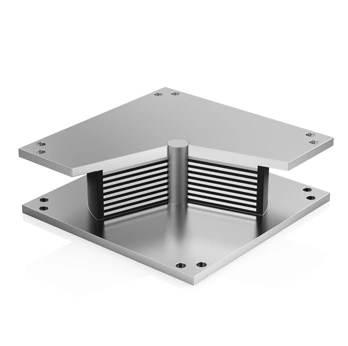 Lead Rubber Bearing
Lead Rubber Bearing
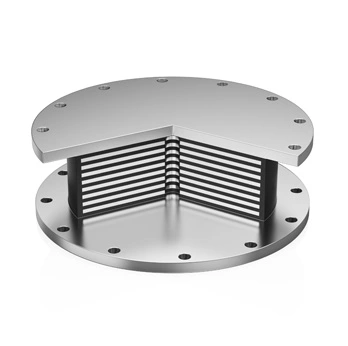 High Damping Rubber Bearing
High Damping Rubber Bearing
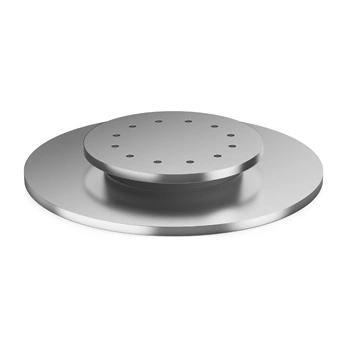 Elastic Bearing
Elastic Bearing
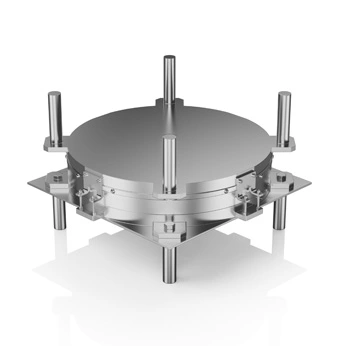 Friction Pendulum Seismic Isolation
Friction Pendulum Seismic Isolation
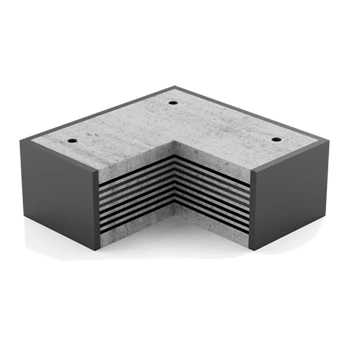 Simple Support For Village And Town Houses
Simple Support For Village And Town Houses

